ecosystem-guides.com
....exploring the planet's ecosystems
NEARCTIC
(California) Chaparral & Woodlands
This is the North American version of the flower-rich heathlands habitat found in restricted temperate parts of the planet. There are equivalents in the southern hemisphere with the Kwongan of south-west Australia and the Fynbos of southern South Africa.
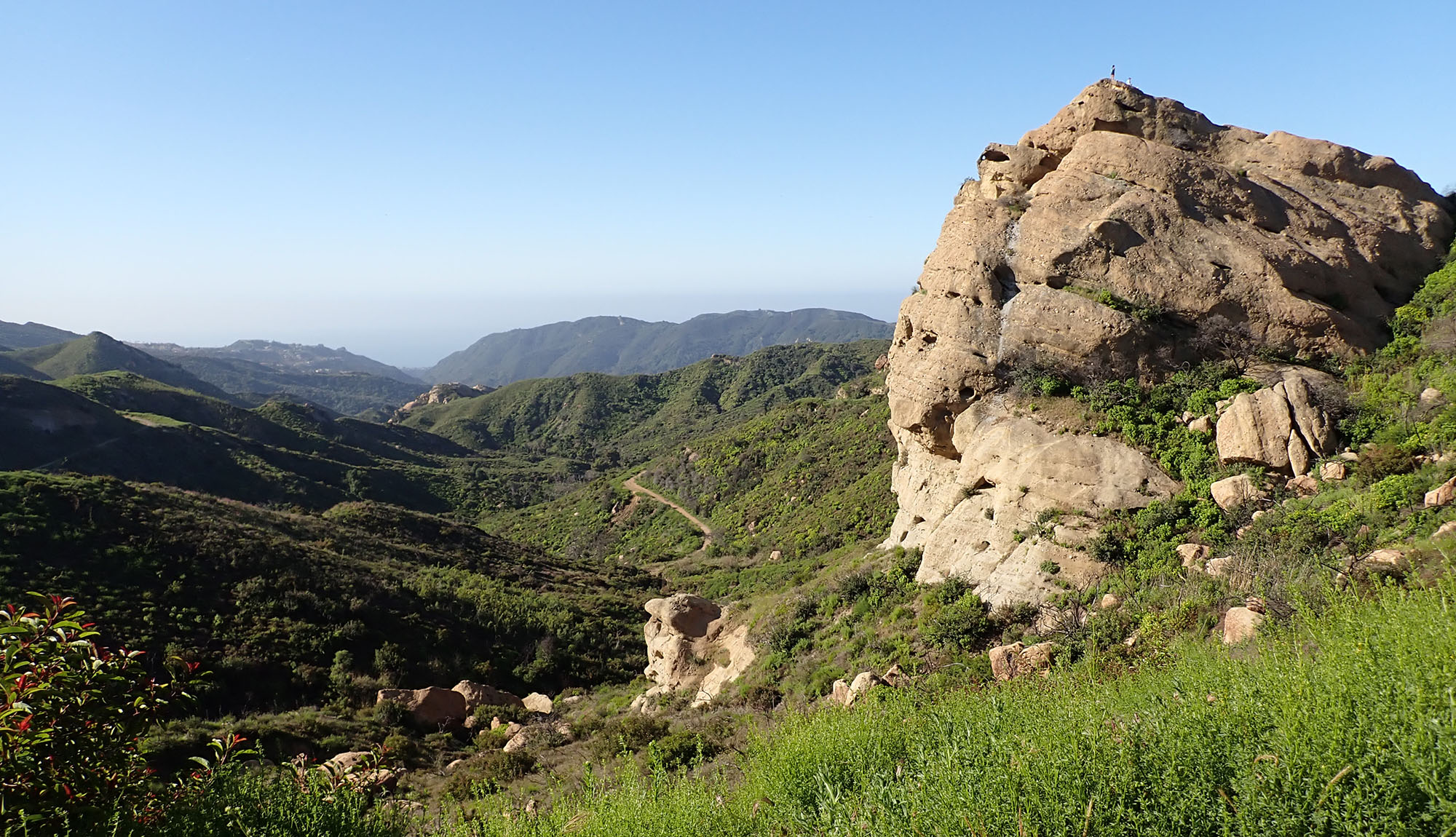
The habitat is known for it's colourful wildflowers, such as...
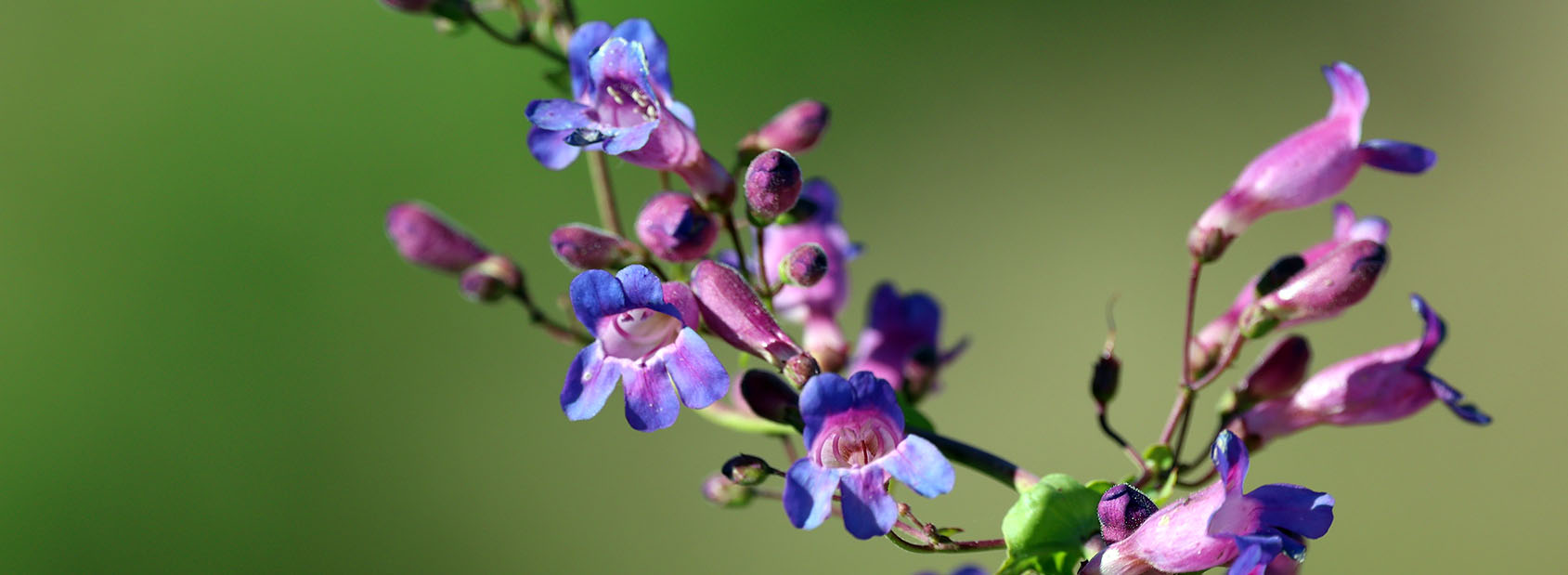 Showy Pentstemon (Topanga)
Showy Pentstemon (Topanga)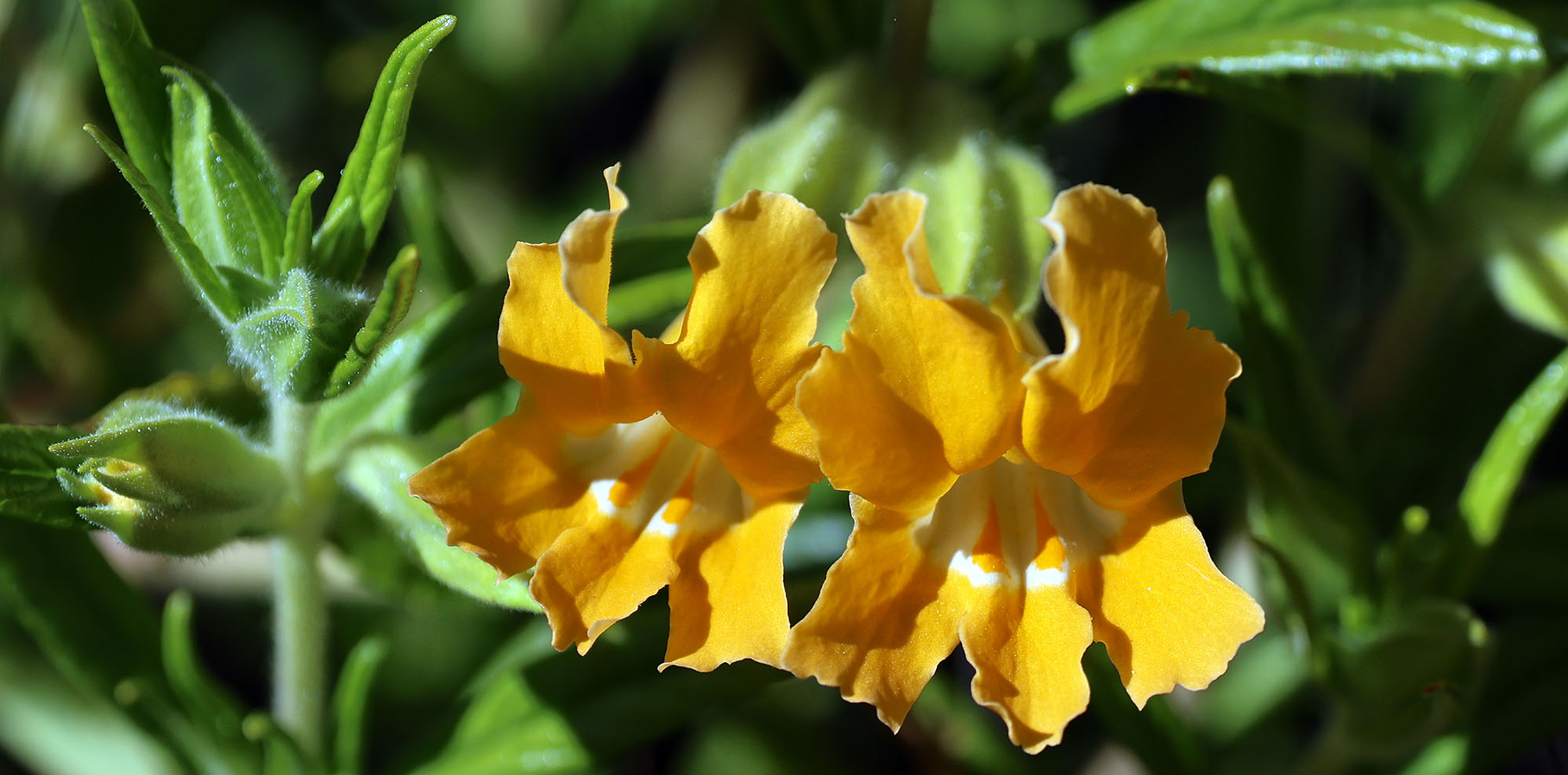 Southern Bush Monkeyflower (Topanga)
Southern Bush Monkeyflower (Topanga)The North American arid habitats have a range of lizards. Typical of these habitats are species in the Iguanid family the Phrynosomatidae. One of the more commonly seen ones in the south west U.S. is the 'Western Fence Lizard'. At first they look dull, but a closer look (below) reveals blue flecks across the body, and some individuals have bright blue bellies. The 'Common Side-blotched Lizard' Uta stansburiana is a similiar sized lizard in the same habitat, and can also have blue colours, but, as the name suggests, you can usually see a dark blotch just behind the forelimb.
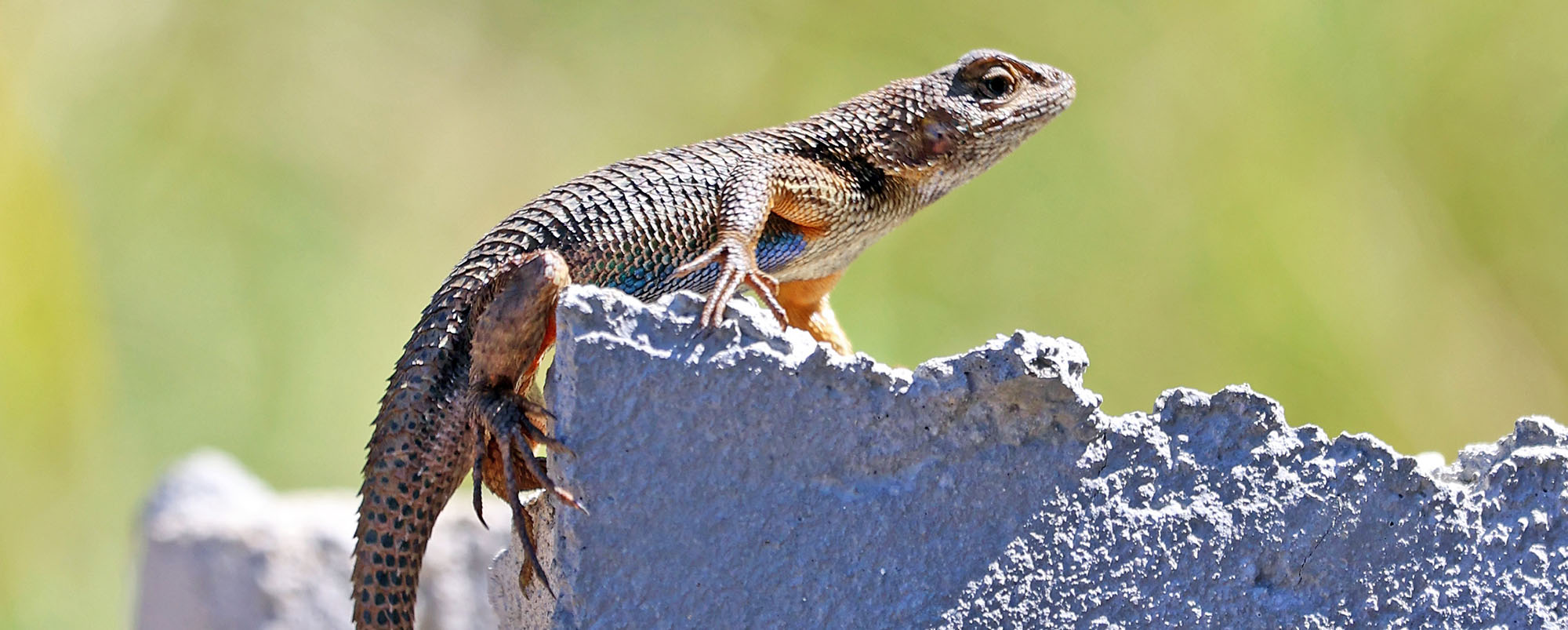 'Western Fence Lizard' (Topanga State Park)
'Western Fence Lizard' (Topanga State Park)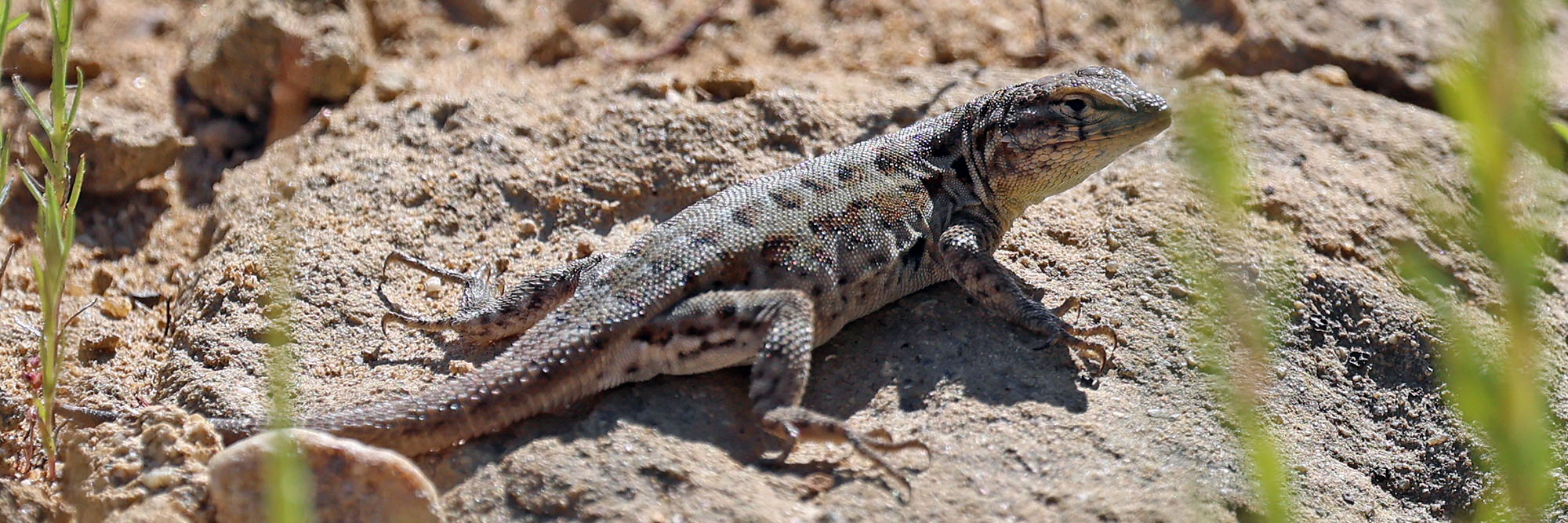 'Common Side-blotched Lizard' (Topanga State Park)
'Common Side-blotched Lizard' (Topanga State Park)The most infamous snakes of the North American west are of course the Rattlesnakes. The thirty six species in this subfamily are vipers with a modified tail that shakes with noise to warn potential predators. Below is a fairly safe 'Western Rattlesnake' - it's small and dead. (It took me a while to convince myself it was truly dead). No, I didn't kill it.
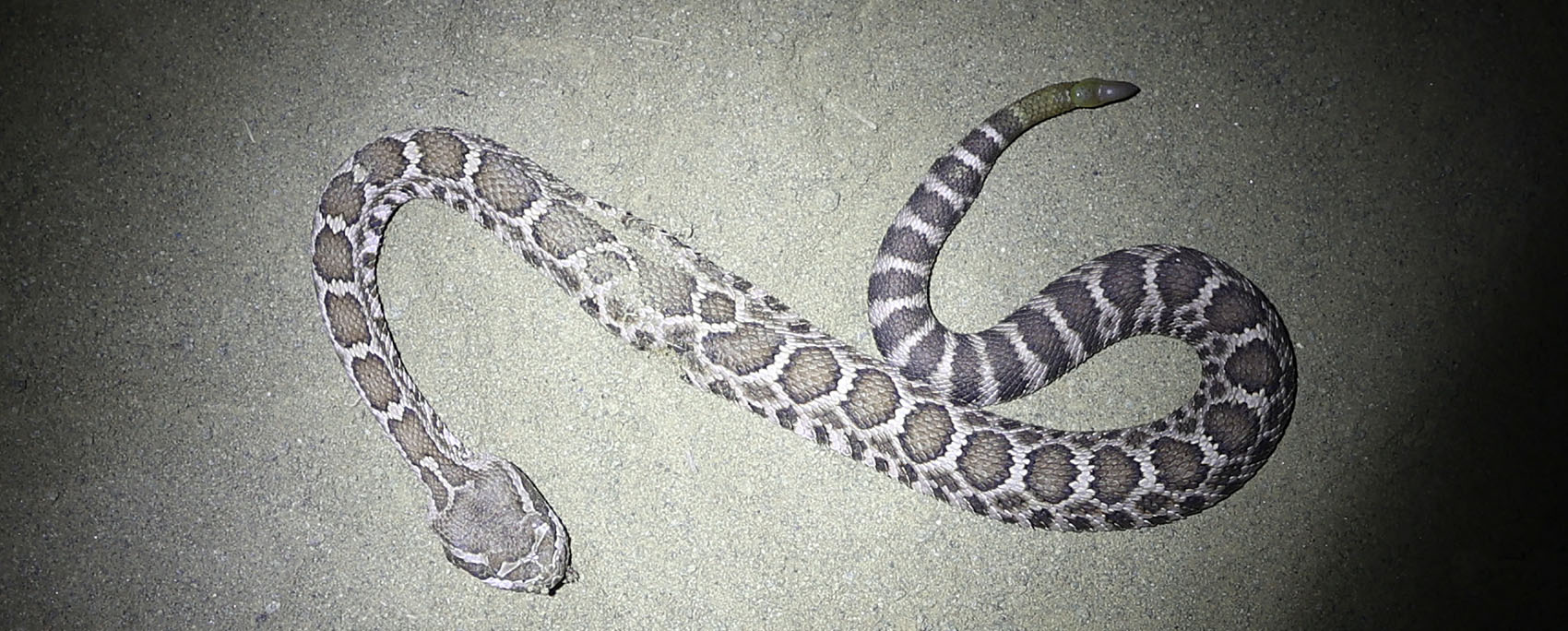 (Topanga, California)
(Topanga, California)Towhees are two genera of colourful long-tailed sparrows, native to North America, Central America and the Caribbean. The striking 'Spotted Towhee' is very widespread in drier habitats in the northern Americas, including the Chaparral on the west coast of the U.S.
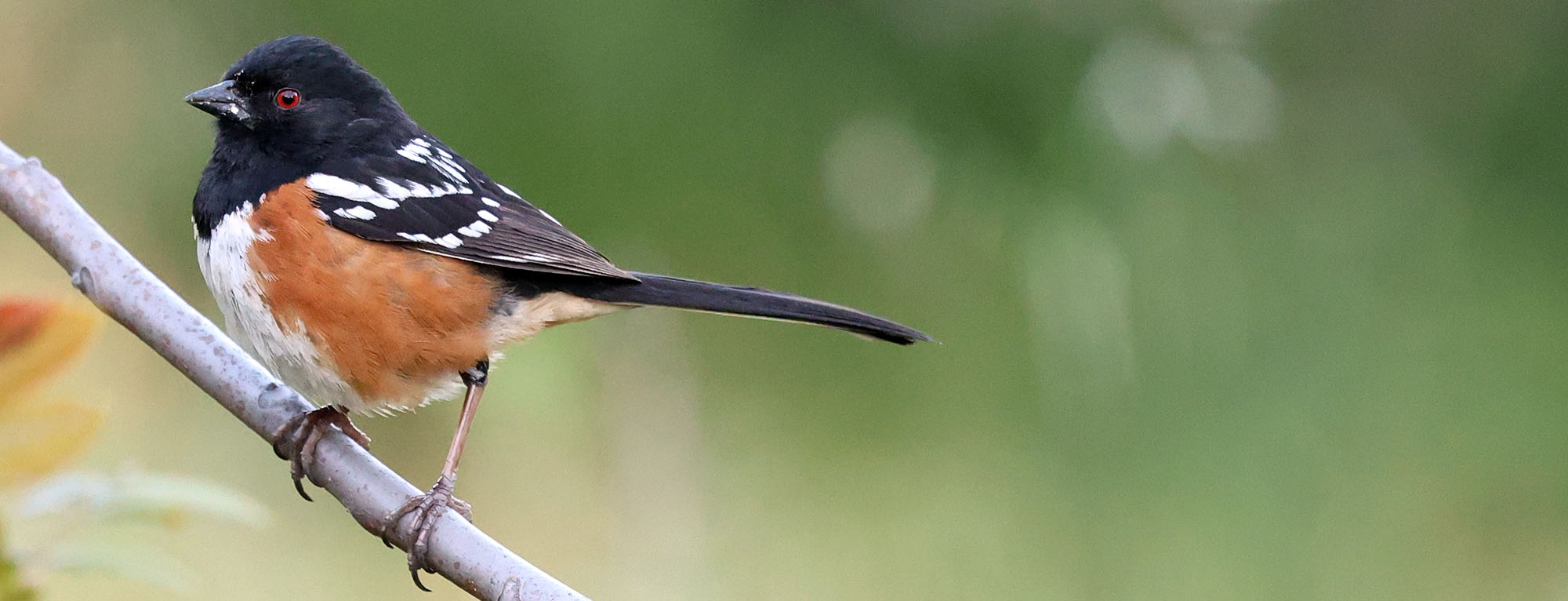
The Corvid family includes not just the crows and ravens, but also the often stunning Jays. And it is the drier habitat of the central and northern Americas where you can see some of the most striking species. Below is the 'California Scrub Jay', which studies have found to be one of the cleverest of all animals.
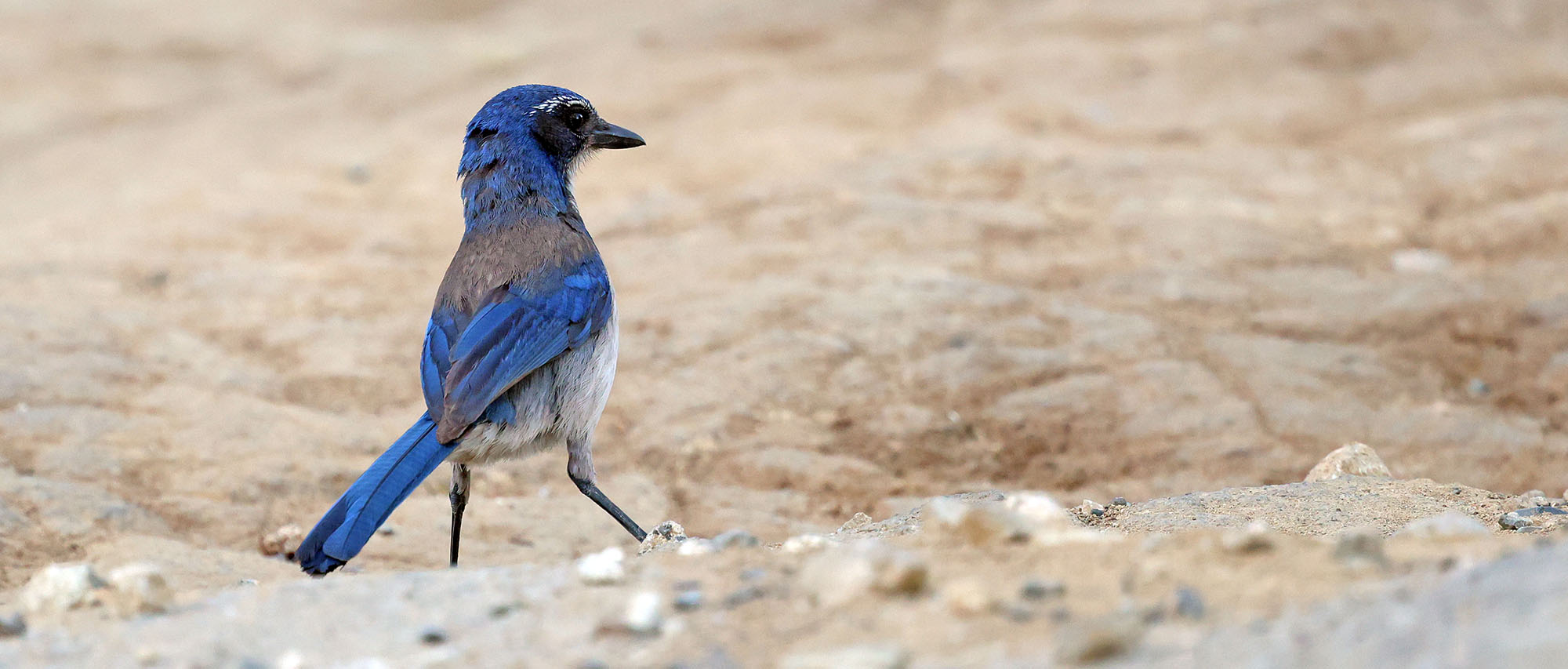
Many of the mammals of the Chaparral are small, cute and fluffy! Below is the 'California Ground Squirrel', with it's distinctive mottled 'specked' coat. However, despite their adorable-ness, they have to be pretty tough and clever to deal with ground predators such as rattlesnakes. For the latter they have learned to kick sand in the snake's face, wave their tail around at the predator, chew the snakes sloughed dead skin to cover themselves with the snake's scent, oh, and also they seem to have a slight resistance to the venom in their bite.
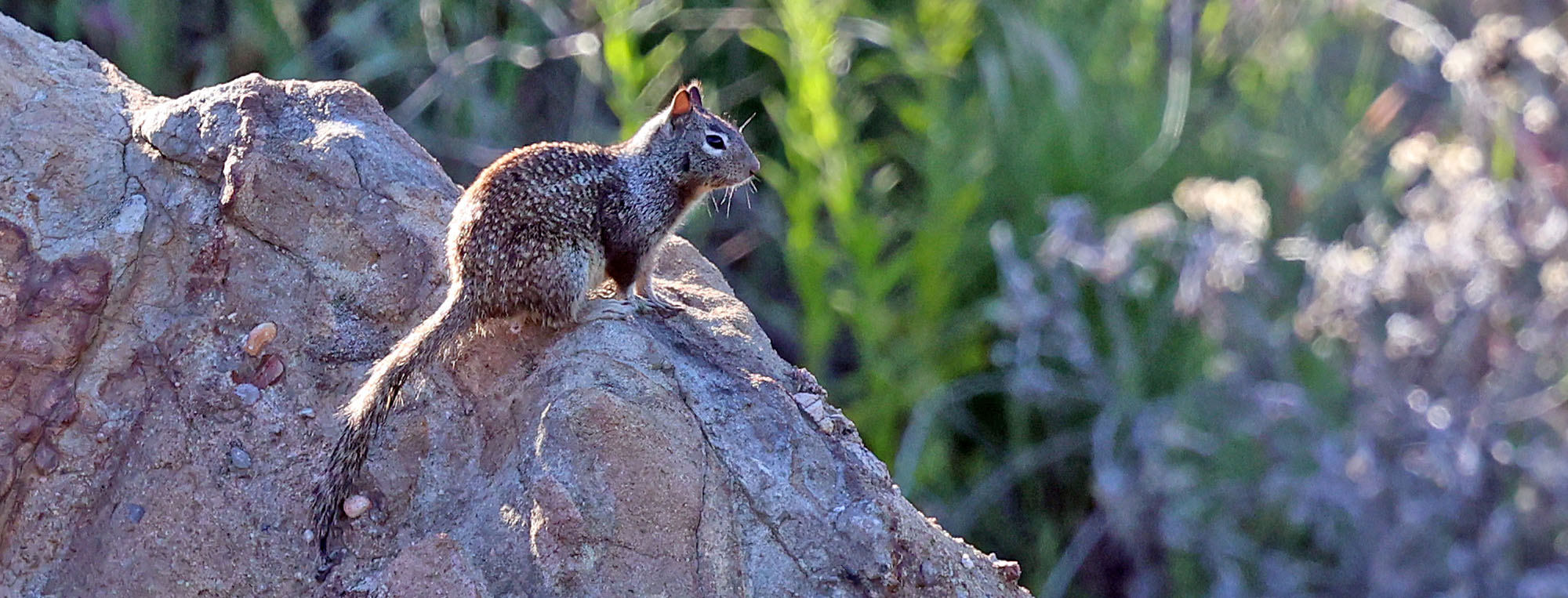 (Topanga, California)
(Topanga, California)Places to explore the North American Chaparral
The most famous Chaparral is just on the Santa Monica hills surrounding Los Angeles. The habitat will look familiar as it has been used as filming locations for television shows: you might feel like you are in 'Korea' in the TV show MASH, or on an alien planet in Star Trek (TOS). So this habitat is easily accessible by Uber from Los Angeles hotels. However, a nice place to stay that allows a five minute walk into this habitat in Topanga State Perk is Topanga Inn Bed & Breakfast.
 Topanga Inn
Topanga Innto search this website (and the internet):
Your second block of text...



